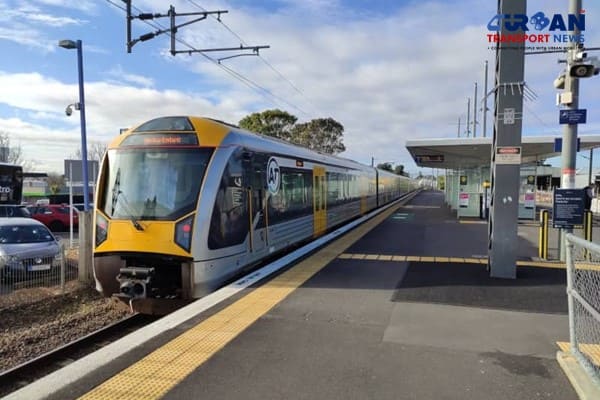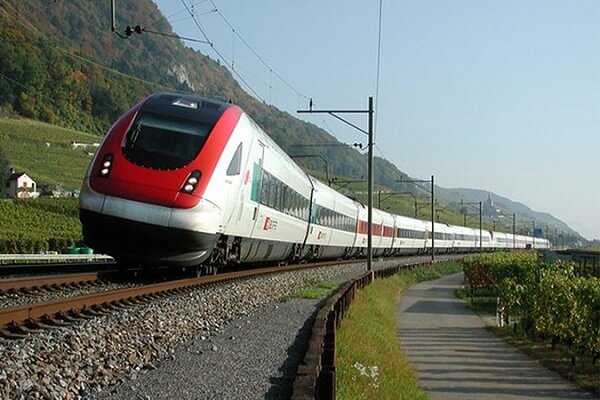 Vensa Infrastructure wins ₹412.58 crore civil contract for Hisar Airport
Vensa Infrastructure wins ₹412.58 crore civil contract for Hisar Airport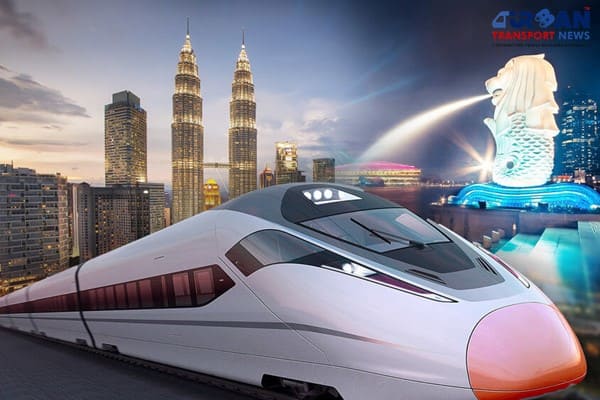 Kuala Lumpur-Singapore high-speed rail project cost could be slashed to RM70 Billion
Kuala Lumpur-Singapore high-speed rail project cost could be slashed to RM70 Billion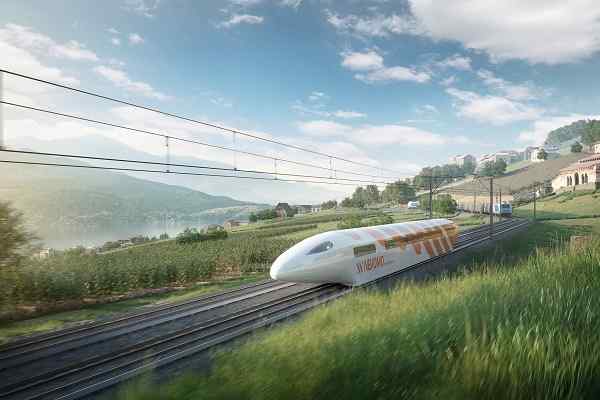 Nevomo's MagRail Technology Selected for Hyperloop Freight Demonstrator
Nevomo's MagRail Technology Selected for Hyperloop Freight Demonstrator Russia signs deal to procure bullet trains for Moscow - St. Petersburg high-speed line
Russia signs deal to procure bullet trains for Moscow - St. Petersburg high-speed line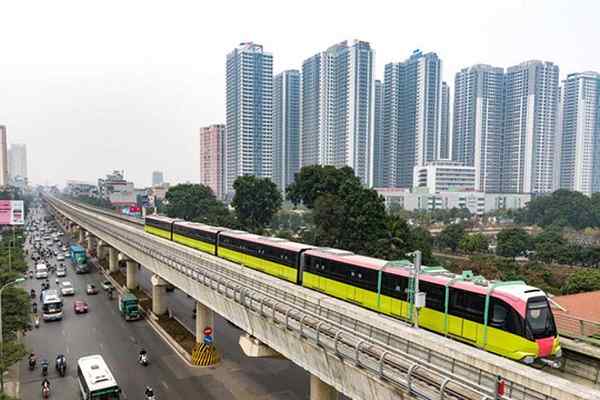 Vietnam plans new metro rail lines to replace its BRT systems in Hanoi
Vietnam plans new metro rail lines to replace its BRT systems in Hanoi 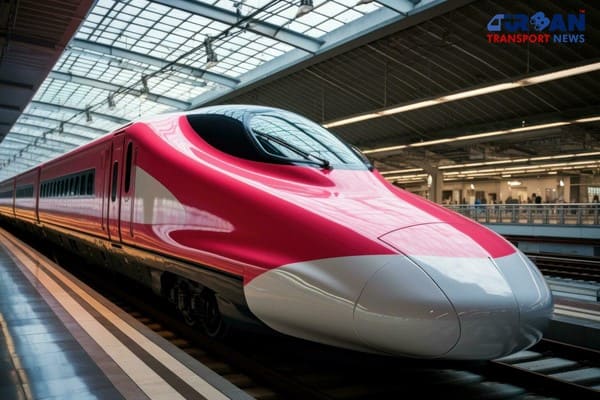 Revolutionizing Indian Railways: The Rise of Indigenous High Speed Bullet Trains
Revolutionizing Indian Railways: The Rise of Indigenous High Speed Bullet Trains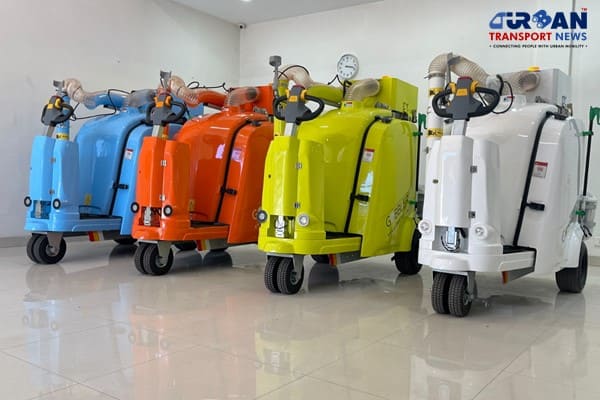 Ayodhya deployed Gobbler Litter Buster to keep the City clean
Ayodhya deployed Gobbler Litter Buster to keep the City clean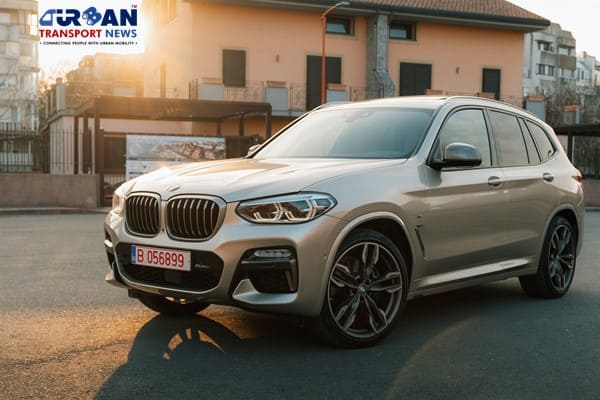 BMW's Emissions Investigation: What Does It Mean for Drivers?
BMW's Emissions Investigation: What Does It Mean for Drivers?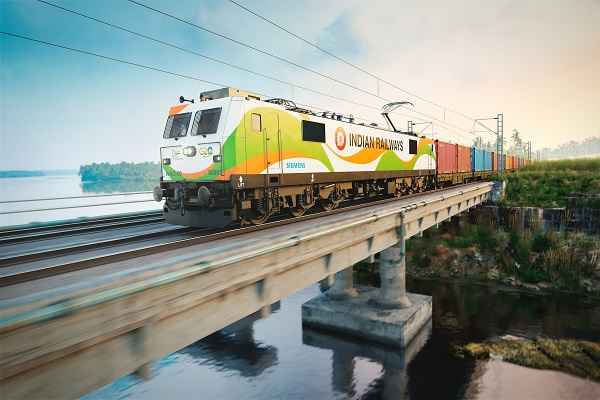 171 Years of Indian Railways: A History of Innovation and Progress
171 Years of Indian Railways: A History of Innovation and Progress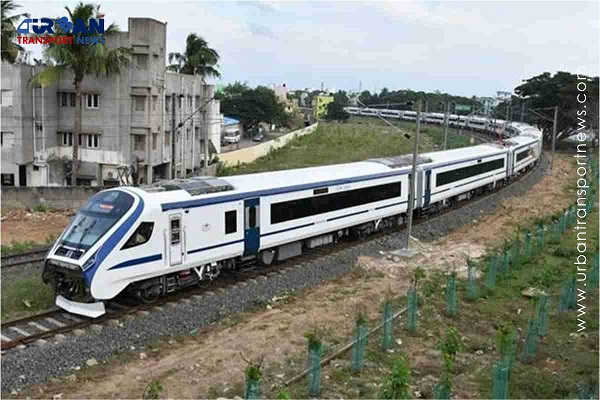 Vande Bharat Express trains carries over two crore passengers since their inception
Vande Bharat Express trains carries over two crore passengers since their inception
Economic Survey 2022-23: Railways to see 'very high' capital expenditure in next 10 years
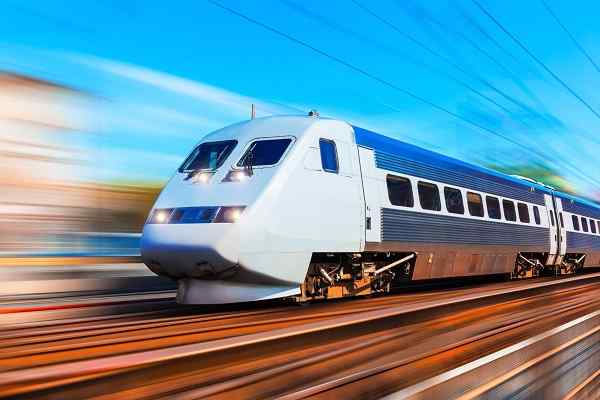
New Delhi, India (Urban Transport News): Finance Minister Smt. Niramla Seetharaman today presented Economic Survey Report for 2022-23. According to the outcomes of the economic survey, the next 10 years will see a 'very high' level of capital expenditure in Indian Railways. The capex will be spent on railways in a way that by 2030 its capacity is ahead of its demand.
As part of the national rail plan, the Indian Railways also aims to corner 40 to 45 per cent of total domestic cargo movement from its current share of 26-27 per cent. Railways targets to attain this higher share 2030 onwards. The national transporter has also set an ambitious target of achieving 100 percent electrification by December of 2023, as a sub-goal to go completely green by 2030.
Indian Railway’s high capex decade has begun
The capital expenditure for financial year 2021-22 stands at Rs 2.15 lakh crore, more than five times the 2014 level. The Economic Survey called this a conscious path the government has taken and will continue to take for the next decade. “As more projects are taken on hand and several sources of capital funding are developed, the capital expenditure will increase further in coming years and the railway system will actually emerge as an engine of national growth,” it said.
Making a clear attempt to draw a distinction between the BJP regime that started post-2014, the survey said, “Up to 2014, Capex on railway was barely Rs 45,980 crore per annum and consequently the railway was characterized by high levels of inefficiency and highly congested routes unable to meet the growing demand. Post 2014, a conscious effort was made to improve the railway sector by substantially increasing the capex”. All of this is part of the National Rail Plan that lays down the road map for capacity expansion of the railway network by 2030 to cater to growth up to 2050.
The capital expenditure shows an increasing trend over the first three quarters of 2021-22. “During April- November 2021, the capital expenditure has grown by 13.5 per cent (YoY), with focus in infrastructure-intensive sectors like roads and highways, railways, and housing and urban affairs,” the Economic Survey stated.
Freight growth on steroids imagined
The national rail plan imagines a future-ready railway system that plans to increase the modal share of railways in freight to 40-45 percent from the present level of 26-27 percent. The target of 40-45 percent modal share can help railways better its finances as well as meet its greening goals by cutting emission levels.
To prevent a further dip in its share of cargo movement and enable increase in cargo movement, Railways has prioritised projects that have to be completed early -- 58 projects have been identified as Super Critical and are targeted for completion by December 2022; 68 projects have been identified as Critical and have been targeted for completion by March 2024. These projects are focussed on increasing capacity on routes that serve major mineral, industrial hubs along with ports and major consumption centres.
"The first surge is to be provided by the Vision 2024 plan to prioritize and complete sanctioned projects so that railway capacity does not fall far behind the targeted modal share such that by the time capacity is finally created, the traffic would have shifted to another mode," said the survey. In the second half of the decade, that is 2025 onwards, Railways aims to commission new Dedicated Freight Corridors, High Speed Passenger Corridors, besides planning for multitracking and signalling upgradation of congested routes.
Railway’s greening goals
Indian Railway has also targeted 100 percent electrification of its network by December 2023. This is a sub-goal of Railways to reach its Net Zero Carbon Emission by 2030, an ambitious target to become the world’s first 100 percent green railway system by that year.
It aims to do so primarily by sourcing its energy requirements through renewable energy sources. Indian Railways plans to use three-phase technology for regenerative braking “head on generation” technology eliminating the need for separate diesel-fuelled power cars (which basically means energy generated while braking a train is pumped back to the overhead wires), using sources of renewable energy such as solar and wind, installing LED lights across railways, and planting more trees that can absorb more carbon.





